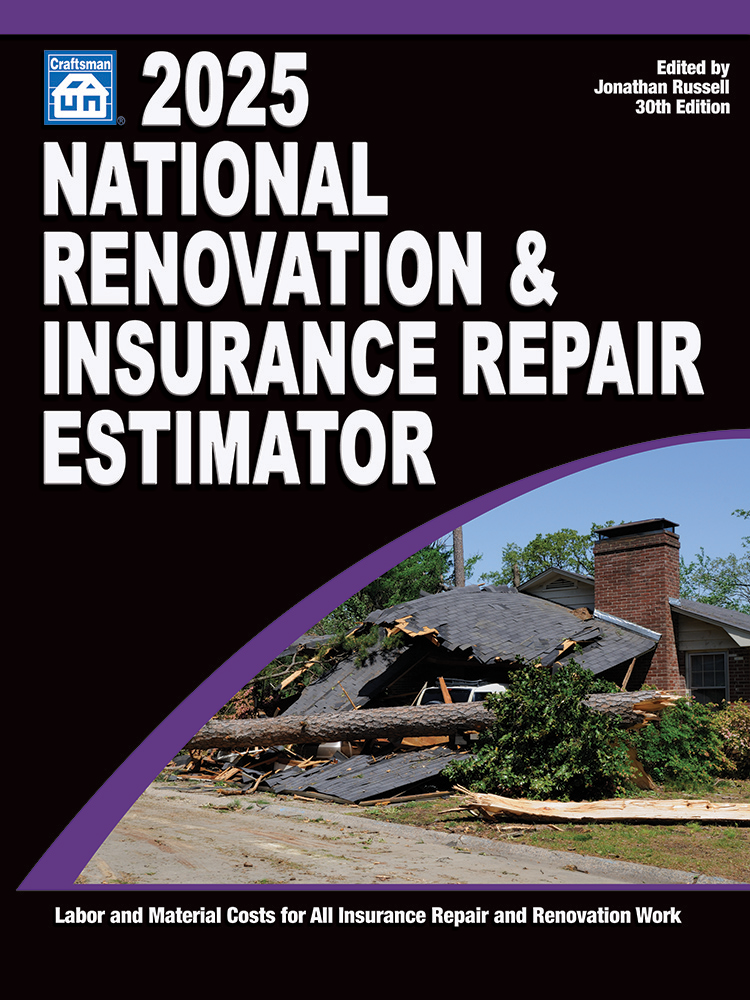Business Insurance and the Restorer
How restorers can avoid the pitfalls created by the change in claims adjusting practices.




When a property owner is surprised by the lack of insurance coverage for a water loss, the credit worthiness of the customer may come into question.
For example, it is not uncommon to have a seven figure Category 3 water loss in a high-rise office building. The owner of that building may only have a 1% equity stake in the building and may not have millions of dollars of cash sitting around to pay an uninsured restoration bill. It is common practice today in property insurance policies to have a $25,000 mold or bacteria sublimit on a $50,000,000 office building. Banks are apparently oblivious to the functioning of fungi/mold/bacteria exclusions and do nothing to force the borrower to purchase EIL coverage in the loan covenants of the bank.
Did you miss Part I of Business Insurance and the Restorer? No problem! Click here!
With more adjustors standing behind the exclusions or sublimits for losses involving fungi, mold, or bacteria, restorers should not assume the insurance on the building will pay for a water loss with a speck of mold or bacteria involved. There may be a lot less available insurance to pay for the loss than anyone imagined.
To try to avoid this potential problem, I advise all property owners to avoid the use of the “m” or “b” word as much as possible when describing a water loss or in a work order.
An increase in mold claims under EIL policies is a predictive indicator that there will be more denied claims under the General Liability insurance policies commonly purchased by restoration firms. Commercial property owners and restoration firms have the same exclusions for fungi/mold/bacteria related losses in their insurance policies.
Restorers will not have any problem finding business liability insurance in 2017 because at least five new insurance companies entered into the market to insure restoration firms in 2016. Business insurance premiums for restoration firms are a bargain today as a result of the new entrants into the insurance market. Some of the new-bee insurance companies are setting themselves up to pay out $1.80 in claims on average for every dollar in premium they collect. I am already seeing the more established insurance companies insuring restoration contractors pulling back on new accounts in the face of deteriorating loss results and pressure to reduce premiums.
Those kinds of insurance “deals” always go away because the managers of the insurance companies offering the too-good-to-be-true deals have to go out and find new jobs when the loss results come in. By 2018, I would expect a shake-out in the players insuring the restorers, but it will be easy going for business insurance availability on restoration firms until then.
Nine out of ten restorers are sold inadequate General Liability insurance.
The majority of restoration firms have a lot less liability insurance coverage than they think they do. Nine out of ten restorers are being sold General Liability insurance policies today that separately exclude under an endorsement to the policy, any loss from a job site involving the cleaning-up or assessing the effects of fungi or bacteria. The most common fungi or bacteria exclusion endorsement to the GL policy references any claim resulting from the work at the job site if the scope of work involves cleaning up or assessing the effects of fungi or bacteria. Contrary to popular belief by insurance agents, the fungi and bacteria exclusion does not just apply to claims resulting from exposing people to fungi or bacteria.
Of course, the job site exclusion will not matter if the claims adjuster on the General Liability insurance policy does not figure out the cleaner or restorer was at the job site to clean-up or assess fungi or bacteria. This is another reason to avoid the “m” and the “b” word in work orders.
With claims adjusters pulling the trigger on mold and bacteria claims in standard property and liability insurance policies, it is only a matter of time before those adjusters figure out that restorers and cleaners routinely work on jobs involving a speck of mold or bacteria. When that happens, a lot more General Liability losses arising from cleaning and restoration projects will be denied.
Contractors Pollution Liability insurance is not an adequate fix
Contrary to popular belief with insurance agents, a Contractors Pollution Liability (CPL) insurance policy does not fix a job site exclusion on a General Liability insurance for projects involving cleaning-up or assessing the effects of fungi or bacteria. A CPL-type policy, when properly adapted for a restoration or cleaning firm, will pay losses for bodily injury or property damage arising from exposure to fungi or bacteria and other “pollutants” like lead and asbestos. However, a CPL policy will not pay a loss resulting from a contractor causing a fire at a Category 3 water remediation job site, for example. That is not such a farfetched loss scenario. Every year it seems one of our restoration contracting insurance customers burns down a job site. The key take away from this is a CPL policy does not replace the GL policy.
There is no way to completely fix the coverage gap created by the common fungi and bacteria exclusion in the General Liability policy through the purchase of CPL insurance. The only way for cleaning and restoration firms to fix the coverage gap for mold, bacteria and, by default, Category 3 water in a liability insurance program is to purchase a combined GL+CPL policy where the GL policy does not exclude all losses from job sites involving the cleaning up or assessing the effects of fungi and bacteria.
The good news is there are plenty of good choices for one of these customized insurance policies available today. Often the package GL+CPL policies actually cost less than GL and CPL purchased as separate policy forms. Another advantage of combined policies is the claims interface between the two coverage parts is a lot better with both coverages being provided by the same insurance company.
Conclusion
Increased enforcement of fungi, mold and bacteria exclusions on property and liability insurance policies sold to property owners is putting claims pressure on EIL policies for the first time. Those same exclusions are expected to be used to deny more claims under the General Liability insurance policies purchased by cleaners and restorers. The pitfalls created by the common exclusions for fungi and bacteria are easy for firms in the cleaning and restoration business to avoid. Simply monitor the credit worthiness of a customer who may be woefully underinsured today, and make sure you are not woefully underinsured for jobs involving the cleaning-up or assessing the effects of fungi or bacteria. As evidenced by the surge in mold claims under EIL-type insurance policies, claims adjusters are catching onto fungi and bacteria exclusions. It will not be business as usual in the cleaning and restoration business as a result.
Looking for a reprint of this article?
From high-res PDFs to custom plaques, order your copy today!











